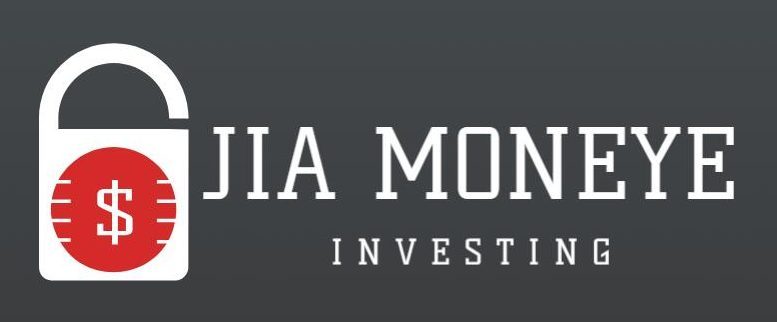How to Choose the Right Bank for Your Needs
Understanding Your Financial Needs: A Guide to Choosing the Right Bank
Choosing the right bank for your needs is a crucial decision that can significantly impact your financial health and stability. It’s not just about finding a place to store your money; it’s about finding a financial partner that can help you achieve your financial goals. Whether you’re looking for a bank to handle your daily transactions, save for a rainy day, or invest for the future, understanding your financial needs is the first step in choosing the right bank.
Firstly, it’s essential to identify your banking needs. Are you a student looking for a simple checking account, or a small business owner in need of a robust suite of financial services? Do you travel frequently and need a bank with a wide ATM network, or are you more interested in online banking features? By understanding what you need from a bank, you can narrow down your options and find a bank that offers the services that are most important to you.
Next, consider the fees associated with different banks and accounts. Some banks charge monthly maintenance fees, ATM fees, and overdraft fees, among others. These fees can quickly add up and eat into your savings. Therefore, it’s important to read the fine print and understand what fees you might be subject to. Some banks offer fee-free accounts or waive fees if you meet certain criteria, such as maintaining a minimum balance or setting up direct deposit.
Interest rates are another important factor to consider. If you plan to open a savings account or take out a loan, the interest rate can significantly impact your finances. Look for a bank that offers competitive interest rates. Even a small difference in interest rates can result in significant savings over time.
Customer service is also a crucial factor. You want a bank that treats you as a valued customer and is ready to assist when you have questions or issues. Consider the bank’s customer service reputation, and think about how you prefer to interact with your bank. If you value face-to-face interaction, a bank with a local branch might be the best fit. If you prefer banking on the go, look for a bank with a user-friendly mobile app and strong online customer service.
Lastly, consider the bank’s stability and reputation. A bank with a long history and strong reputation is likely to provide a safe and secure place for your money. Look for a bank that is FDIC-insured, which means that your deposits are insured up to $250,000.
In conclusion, choosing the right bank involves understanding your financial needs and doing some research. By considering factors such as fees, interest rates, customer service, and the bank’s reputation, you can find a bank that not only meets your banking needs but also helps you achieve your financial goals. Remember, the right bank for you is one that fits your lifestyle and grows with you as your financial needs change.
